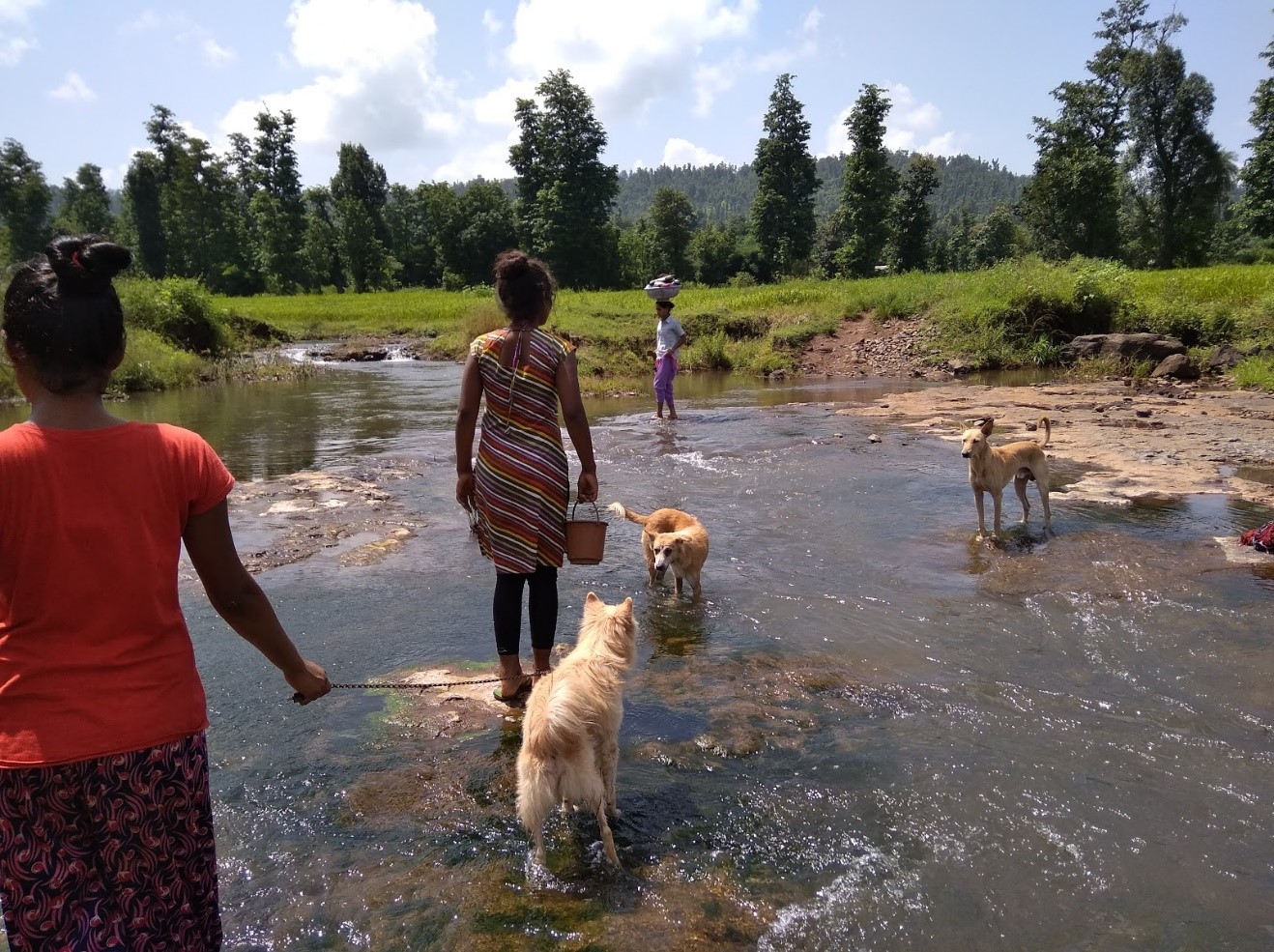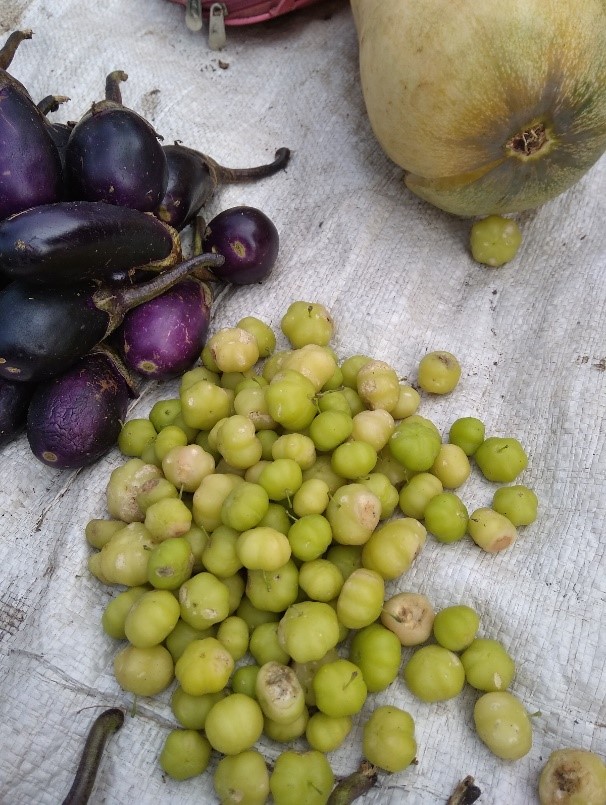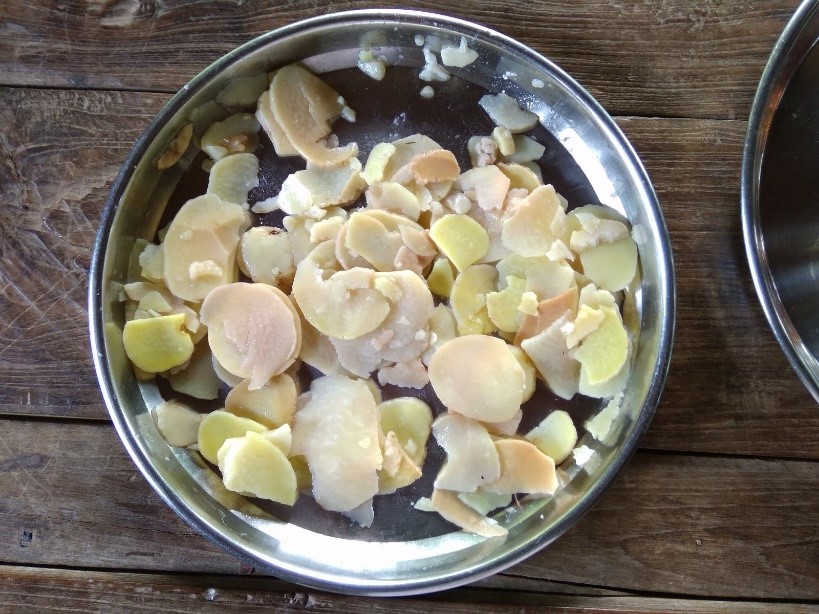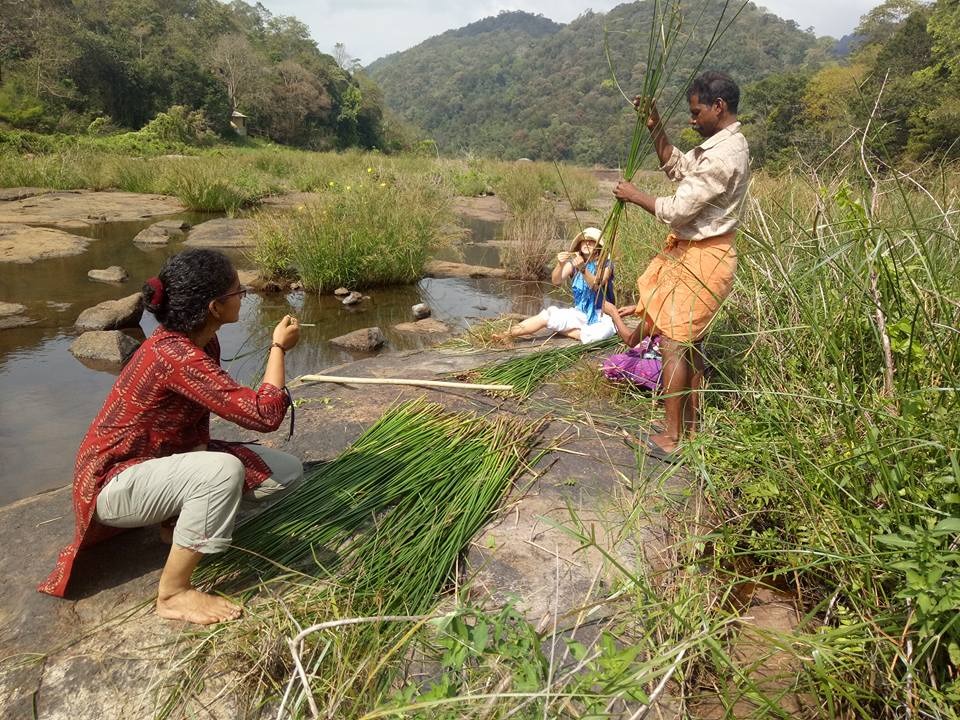(Article contributed by Kankana Trivedi. Inputs of the article reflects her personal experiences while visiting Dangs)
Many people get confused about what Dangs is! Oh you mean Dance? Dang it! No, it’s a special place surrounded by forests and hills in the Sahyadri mountain range in western Ghats.
Near Mumbai, this place is still away from modern day developments like railways, industries, etc.; And mostly they rely on organic farming, grazing cattle, getting medicines for livelihood. Most of the population is also tribal (called Dangis) who live in the forest. And the ones who live around/in the forests for many generations today are known as ‘indigenous’.
In Dangs, communities treat themselves as part of the larger natural entity; and believe in living with nature. For most part, they have been dependent on forest to make their houses from bamboo and mud.

In the mid1800s, British made several unsuccessful attempts to capture the region for teak wood until in 1842 when they finally pulled off a lease agreement with the five tribal kings of the region to claim the teak. And as a reward, the British raj started the tradition to ‘honour’ the kings with a festival called ‘Dang Darbar’ every march since 1894. The kings were celebrated on the first day by the officials and were given an annual income too. This festival is continued till date by the government of Gujarat followed by rewarding the political pension to the kings.
The food system is mostly from farm to table. A short food chain where food is directly grown and consumed in the same household. Summers had mango aroma, monsoon saw desi-corn, custard apple flavored autumn followed by strawberry filled winters.
Reflecting on this, the food diversity in the region is season which is unlikely in the cities where everything is available round the year. In the villages of Dangs, children would mostly munch on corn or gooseberry unlike the chips, cola and sugary addictions in the cities. While wheat and rice are dominant in cities, millets were more prominent in the eco-cultural landscape of Dangs. The ‘nahari’ (Dangi word for meals) are mainly rice or ragi (finger millet) rotis, urad daal, seasonal vegetable and garlic chutney.
People also forage from time to time-mushroom, aawala (English name unknown), berries. I realized over time that most of these are organic and rainfed crops (meaning only during a few months of the year) and therefore mostly grown for their own sustenance. Here are some of the local food and cuisines:

While most food in the main towns came from outside, villages always have their buckets full. During Covid-19 lockdown, as the cities’ ration dried up, the villages had their food security. A lesson from this pandemic is to go local from global! The pandemic has shown that revival of local systems is much needed for survival. Same applies in the cities, where instead of going to a supermarket, I would rather visit a local vegetable vendor and ask where my food is coming from.
Livelihood prospects have been low in the region, with most of the tribal communities like Bhil, Warli and Konkani are engaged in rainfed farming, Kotwalia (Particularly Vulnerable Tribal Group) weave bamboo baskets and sheets for living, a few households of Kolcha tribe makes coal from wood. Although the region is rich in biodiversity, the communities are financially poor and many villages from Dangs are seasonal migrants to the sugarcane factories and vineyard in the nearby districts.
It is important to note that literacy level is poor, the interrelationship between communities is not so much as most have similar livelihood and lifestyle, and all these communities have a direct relationship with the forest for sustenance. These communities have known to use 94 food varieties- including a variety of plants, small domestic animals and local fish. Some of the crop variety is only available in Western Ghats. Although many varieties like fenugreek, drumstick etc today might be under consumed, perhaps as a sign of changing diets, certain crop species are still grown (eg black rice) as part of cultural significance.
This lockdown has given me a rare opportunity to step back and assess my responsibilities as an eater: what do I eat, where do I buy from, where do I discard the food waste. These have helped me become more conscious of the food diversity in the local area, prevailing environmental conditions like water crisis, customs and festivals around food and its importance, conditions of the farmers and so on. If as individuals we understand what comes on our plate, we might be able to draw connections as consumers to the producers and eat responsibly.
This article draws from my observations made and experiences encountered across the villages in Dangs.
Inputs & photo credits: Kankana Trivedi







